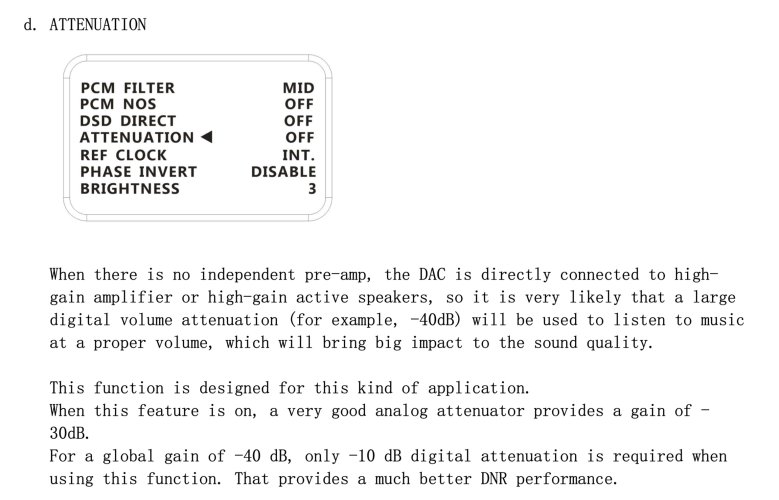For me, R26 does have stuttering issue using BubbleuPnP, connecting to external streamers will usually get rid of stuttering problem.
I have been using a number of streaming methods, and has compared comprehensively iFi Zen Stream with internal uPnP and other streaming methods, let me elaborate below :
1) For iFi Zen Stream - different power supply makes quite a lot of difference. I use iFi iPower Elite for most of my comparison, as it sounds most balanced that way. With my external LPS, the Zen Stream sounds with bigger sound stage compared to iPower Elite, but the vocals are not as solid. A lot of people takes the vocal solidity of the Zen Stream with iPower Elite as a big plus, however, the soundstage width and depth is still quite limited with iPower Elite. The solidity of the vocals may lead a lot of people into thinking the Zen Stream is good, if one don't care about soundstage size and air and midrange transparency.
2) For R26 internal uPnP - the midrange transparency and the soundstage beats the Zen Stream. However, vocals sound less focused. If one only listens to male and female vocals, no classical music or live jazz, then one could easily prefer the Zen Stream over R26 as the Zen Stream's vocals are rock solid steady in imaging. But once you play classical or other music demanding soundstage and air, you will note the lack of that using Zen Stream compared to R26 internal uPnP.
3) For best results, I use U18+clock+R26, streaming using USB from computer. This is best of both worlds, the vocals may still be not as steady as Zen Stream, but one will note the details of singer's voice being much more detailed. One can hear the breathing and the techniques of the singer much better than Zen Stream or R26 uPnP. Soundstage and air is also best this way. The cons of course is the cost, not just the clock, U18 and PC cost, but also the cost of the USB, I2S and clock cables, as each component affects the sound a lot. Tuning of the PC is also important, as that also affects a lot the sound of the overall system.




















